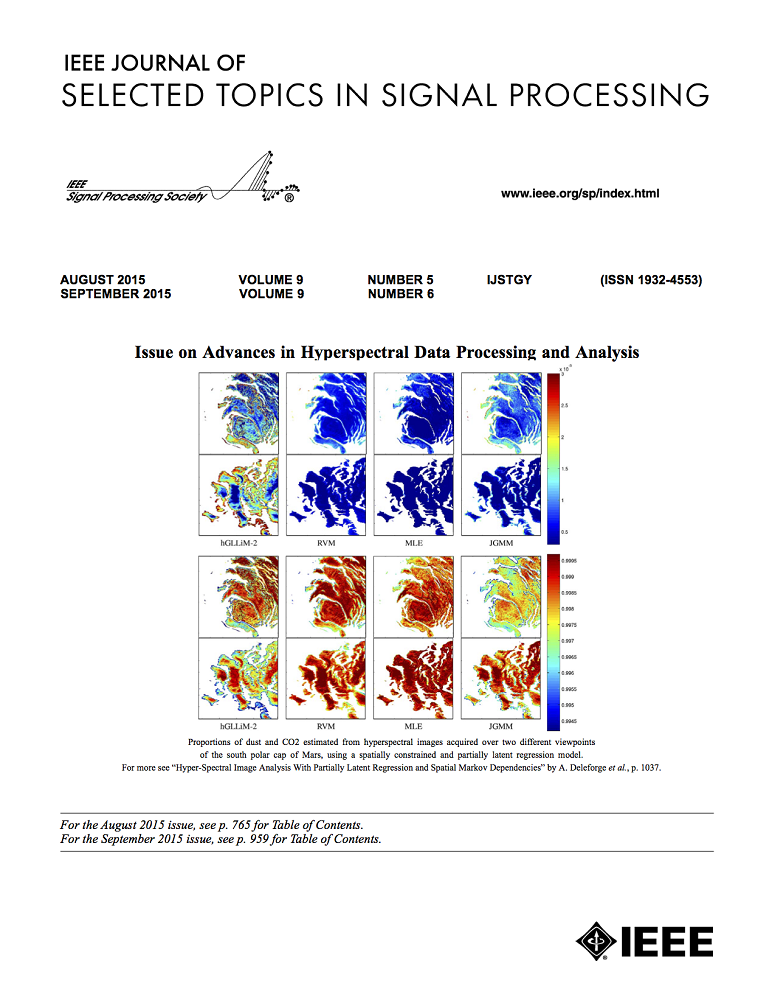Time Scale Network: An Efficient Shallow Neural Network for Time Series Data in Biomedical Applications
IF 8.7
1区 工程技术
Q1 ENGINEERING, ELECTRICAL & ELECTRONIC
IEEE Journal of Selected Topics in Signal Processing
Pub Date : 2024-08-15
DOI:10.1109/JSTSP.2024.3443659
引用次数: 0
Abstract
Time series data is often composed of information at multiple time scales, particularly in biomedical data. While numerous deep learning strategies exist to capture this information, many make networks larger, require more data, are more demanding to compute, and are difficult to interpret. This limits their usefulness in real-world settings facing even modest computational or data constraints and can further complicate their translation into real-time processing or edge device applicaitons. We present a minimal, computationally efficient Time Scale Network combining the translation and dilation sequence used in discrete wavelet transforms with traditional convolutional neural networks and back-propagation. The network simultaneously learns features at many time scales for sequence classification with significantly reduced parameters and operations. We demonstrate advantages in Atrial Dysfunction detection including: superior accuracy-per-parameter and accuracy-per-operation, fast training and inference speeds, and visualization and interpretation of learned patterns in atrial dysfunction detection on ECG signals. We also demonstrate impressive performance in seizure prediction using EEG signals, where our network isolated a few time scales that could be strategically selected to achieve 90.9% accuracy using only 1,133 active parameters and consistently converged on pulsatile waveform shapes. This method does not rest on any constraints or assumptions regarding signal content and could be leveraged in any area of time series analysis dealing with signals containing features at many time scales.求助全文
约1分钟内获得全文
求助全文
来源期刊

IEEE Journal of Selected Topics in Signal Processing
工程技术-工程:电子与电气
CiteScore
19.00
自引率
1.30%
发文量
135
审稿时长
3 months
期刊介绍:
The IEEE Journal of Selected Topics in Signal Processing (JSTSP) focuses on the Field of Interest of the IEEE Signal Processing Society, which encompasses the theory and application of various signal processing techniques. These techniques include filtering, coding, transmitting, estimating, detecting, analyzing, recognizing, synthesizing, recording, and reproducing signals using digital or analog devices. The term "signal" covers a wide range of data types, including audio, video, speech, image, communication, geophysical, sonar, radar, medical, musical, and others.
The journal format allows for in-depth exploration of signal processing topics, enabling the Society to cover both established and emerging areas. This includes interdisciplinary fields such as biomedical engineering and language processing, as well as areas not traditionally associated with engineering.
 求助内容:
求助内容: 应助结果提醒方式:
应助结果提醒方式:


